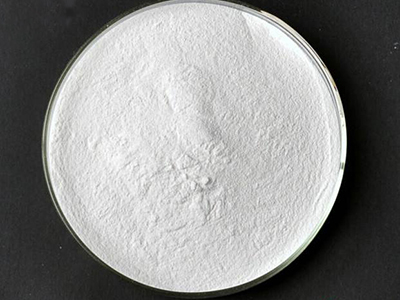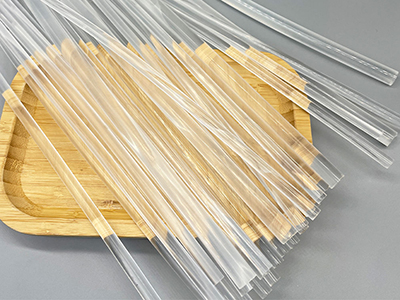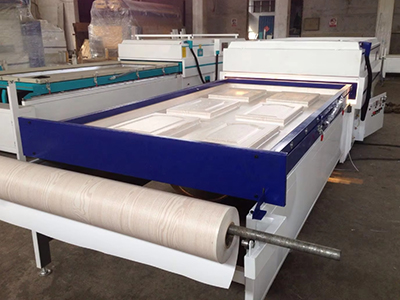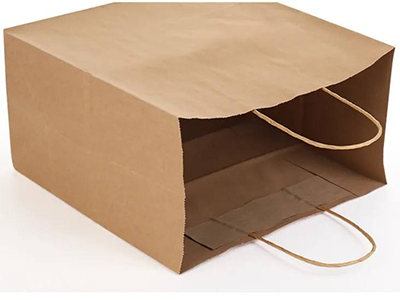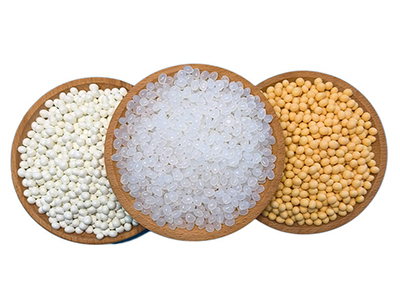PVA polyvinyl acetate application glue
Polyvinyl acetate is most often used for glue. German scientist Dr. Fritz first discovered polyvinyl acetate as a binder in 1912, and since then it has been widely used in the processing of porous materials such as wood and paper. Depending in part on the strength of this polymer, different types of adhesives, such as craft glues and construction solvents, can be produced.
Common uses of PVA polyvinyl acetate
PVA is also used in the paper and textile industries to produce coatings with shiny contact surfaces. In addition, it is part of the production of latex paints. In these applications, it helps to form strong coatings and supportive films.
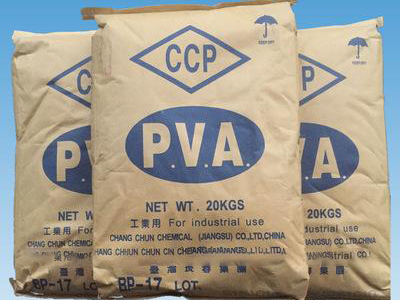
Industrial application of PVA polyvinyl acetate
Industrial manufacturers and producers also use PVA, but usually as a liquid emulsion that can be added to coatings, equipment coverings, or lubricants for specific mechanical activities. This polymer typically has high resistance to UV light and oxidation, making it suitable for use in outdoor and high temperature applications. It is a polymer with good aging properties, but sometimes its water sensitivity can be a problem. Their reliability and stability are generally increased through the use of plasticizer formulations.
When PVA is incorporated into latex paints and adhesives, it is first converted to polyvinyl alcohol, a water-soluble polymer. This is done by means of partial hydrolysis, which results in a stronger and more durable compound than isolating it.
PVA polyvinyl acetate risks and precautions
There are no known risks when using polyvinyl acetate in small amounts. The biggest problems usually come from the people who work with the polymer in labs and warehouses, where the numbers are high. High and sustained exposure to PVA can easily lead to respiratory and rash problems. Symptoms generally disappear when exposure is discontinued, but much depends on the individual’s tolerance and duration of exposure.


